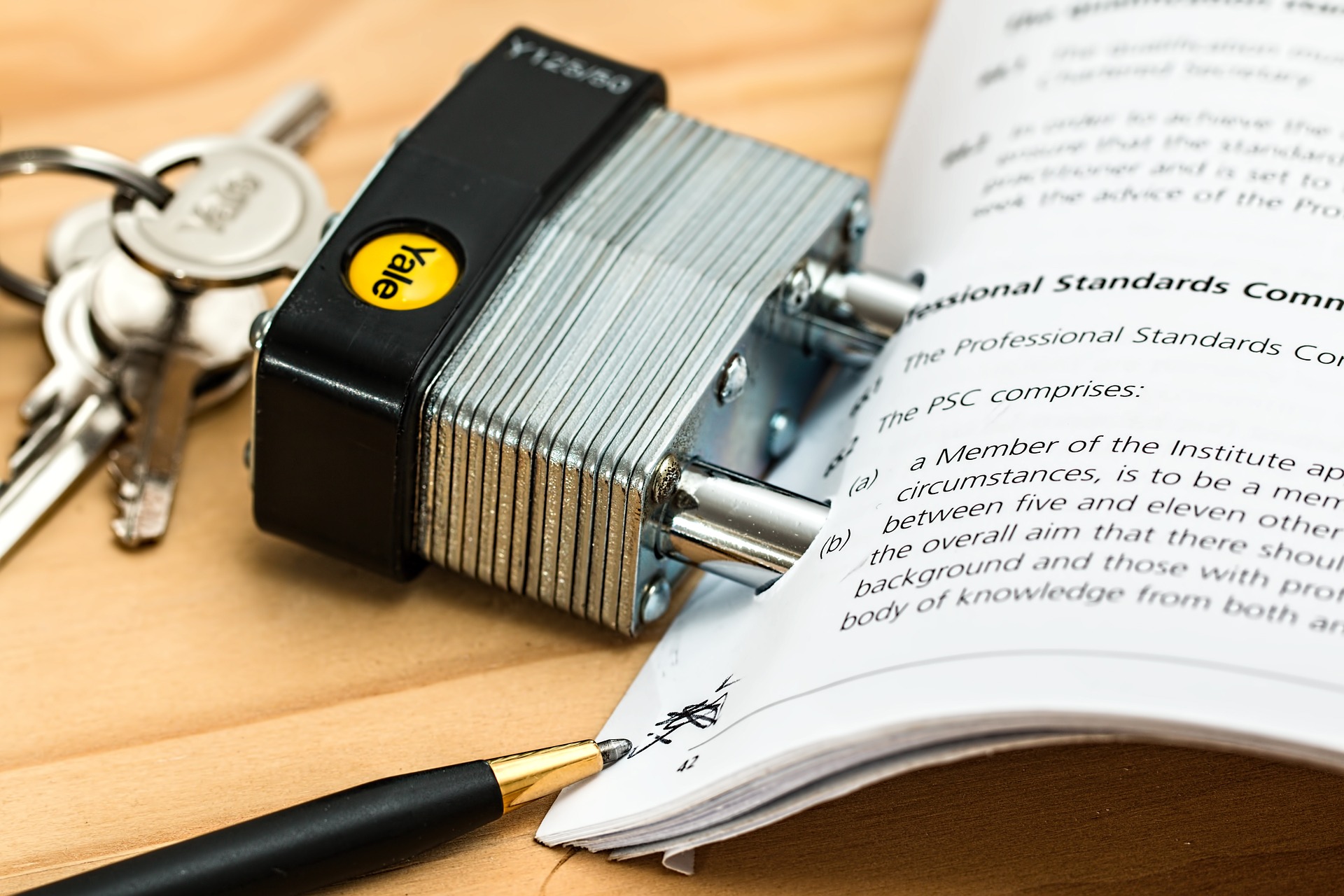

In this blog, we’ll examine three common questions related to construction change orders. Our most important advice when it comes to change orders: document everything and be detailed about it!
As a general rule, change orders should always be in writing, but anyone who works in the construction industry knows that this is not always possible. We all know that the primary goal of project managers and superintendents is to get the job done to satisfy the owner, and time is of the essence.
There are times when the formal construction change order process interferes with their goal; therefore, it is not uncommon for them to ignore written change order requirements and instead opt for handshakes and oral promises to be made concerning payment. When this occurs, you should confirm the change order details in writing via email or a letter. When sending the correspondence, be sure to send it in a manner that assures the other party received it. For example, send your letter via fax and retain the fax confirmation page or use certified mail.
Change orders in construction vary depending on the project. Many times, there may be a standardized change order form for all of the project’s change orders. However, as discussed above, it is not uncommon for change orders to be given verbally. When this happens, contractors should draft a written change order that includes detailed information, including:
At The Cromeens Law Firm, we have extensive knowledge and understanding of construction contract laws and are licensed in Texas, Louisiana, Georgia, and California. We are often able to solve contract disputes for our clients through informal negotiations, mediation, or arbitration. Work with us to equip yourself with the ability to properly evaluate your risks before you sign and negotiate your next subcontract with greater confidence and ease.
In this blog, we’ll examine three common questions related to construction change orders. Our most important advice when it comes to change orders: document everything and be detailed about it!
As a general rule, change orders should always be in writing, but anyone who works in the construction industry knows that this is not always possible. We all know that the primary goal of project managers and superintendents is to get the job done to satisfy the owner, and time is of the essence.
There are times when the formal construction change order process interferes with their goal; therefore, it is not uncommon for them to ignore written change order requirements and instead opt for handshakes and oral promises to be made concerning payment. When this occurs, you should confirm the change order details in writing via email or a letter. When sending the correspondence, be sure to send it in a manner that assures the other party received it. For example, send your letter via fax and retain the fax confirmation page or use certified mail.
Change orders in construction vary depending on the project. Many times, there may be a standardized change order form for all of the project’s change orders. However, as discussed above, it is not uncommon for change orders to be given verbally. When this happens, contractors should draft a written change order that includes detailed information, including:
Karalynn Cromeens is the Owner and Managing Partner of The Cromeens Law Firm, PLLC, with over 17 years of experience in construction, real estate, and business law. A published author and passionate advocate for contractors, she has dedicated her career to protecting the businesses her clients have built. Karalynn is on a mission to educate subcontractors on their legal rights, which inspired her books Quit Getting Screwed and Quit Getting Stiffed, as well as her podcast and The Subcontractor Institute.

